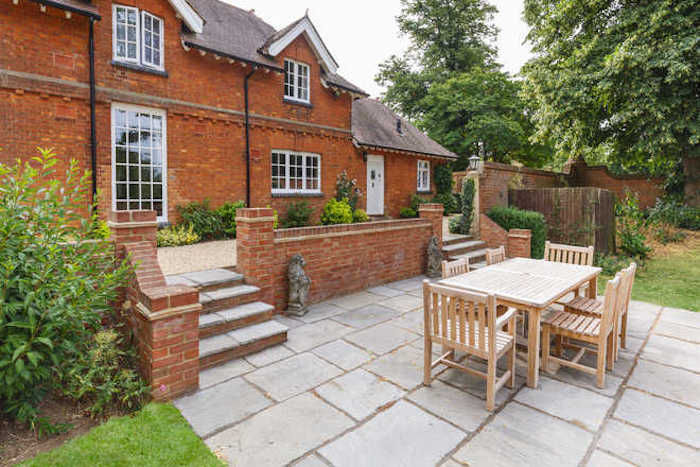
Heritage buildings are an important aspect of any community because they preserve a part of history. They reflect the periods in which they are built and serve as a reminder of the craftsmanship of our forefathers. They educate us on the many traditions and religious beliefs that the people who built it practiced. In a way, they are considered bridges into the past. Because of this, they need to be protected. Maintaining them in modern times while also keeping their rich history can be a bit of a challenge, but it’s manageable with the right knowledge and tools.
Understand the Risks Associated With Maintaining It
Working with any kind of property is a huge responsibility, but heritage properties are especially tricky. The primary goals of maintaining it have to do with preserving its historic value and authentic building components. Because your main goal is to preserve it as a historical artifact, you’re going to have a lot of issues when trying to fix any damage done to the building. In some cases, the building might even lack safety precautions due to the fact that they wouldn’t be appropriate for its historic period.
Outdated stonework is just one of the many structural issues you will encounter. You have to figure out how to update the building without changing any of its key components. Inappropriate fire detection could make the heritage site far more vulnerable to fires and the resulting damage. Out-dated electrical and mechanical systems provide additional risks for those who venture in the building, as they can cause fire or electrocution.
Managing the Risks Only Requires Preparation
The risks associated with running a heritage building can be managed with a little know-how. A formal maintenance program would be your best bet when trying to maintain the building. It has clearly defined procedures which will be of assistance when you’re trying to ensure the conservation of your heritage building.
Maintenance programs often include regular property inspections and a checklist which identifies the most common problems that are present within the building. Alongside this, it also usually includes routine maintenance guidelines and the steps you need to take to fix common issues. Documenting repairs becomes much easier because the maintenance program includes adequate paperwork that is necessary.
Insurance is something you need to take care of. Most insurance policies for heritage buildings only cover named events. Fires, storms, and floods are often included in this, but you have to check with your insurance provider. Generally, the insurance will be given as long as the condition of keeping the building reasonably protected is met. What constitutes reasonable protection can vary, though.
Taking Care of Routine Maintenance Is Crucial
Maintenance programs exist, but not everyone is keen on following every single aspect of it. Routine maintenance checks are crucial for any building and its integrity, but heritage buildings need even more attention. It’s better to prevent issues rather than having to deal with the consequences and damage that they might cause later. Start with all the basics of the building.
The roofs of heritage buildings are specific because they are usually made of slate which can last quite a while. If the building is old enough, even the slate roofing can fail on occasion. You need to find experts for heritage roofing in Sydney in order to properly repair the missing or damaged shingles. Painting the walls is crucial, but not for any aesthetic reasons. The wooden walls require a protective layer to protect them from dampness and rot.
Heritage buildings regularly use fireplaces for heat, which is why you need to clean the chimneys regularly. At least twice a year is the recommended number of times you should check it.
Repurpose Materials for Authenticity
There is a high bar for preserving the authenticity of heritage buildings. You want authentic materials from that time which were made in a very specific way. Instead of recreating those same materials from scratch, you could just opt for recycling and repurposing them from other buildings.
Lots of heritage buildings still serve their original intended purpose, while many others have been repurposed as schools, theatres, and hotels. They help revitalize their neighborhoods while also serving a critical function for the community. They enrich the urban landscape and bring a little bit more history into our education.
Conclusion
Maintaining a heritage property can seem like a herculean task for those who aren’t used to it. You have to balance authenticity and practicality while also keeping the inhabitants of the building safe. It can be a handful, but all it requires is a bit of ingenuity and some help from licensed professionals in heritage maintenance. Follow the rules set by proper maintenance programs and you will be on your way to having a well-maintained and beautiful heritage building.
- Locked Yourself Out? 5 Ways to Get Out of This Situation - May 22, 2019
- Guide to Maintaining Your Heritage Property - April 17, 2019
- Online Retail Business: Hints for a Successful Start - February 25, 2019






